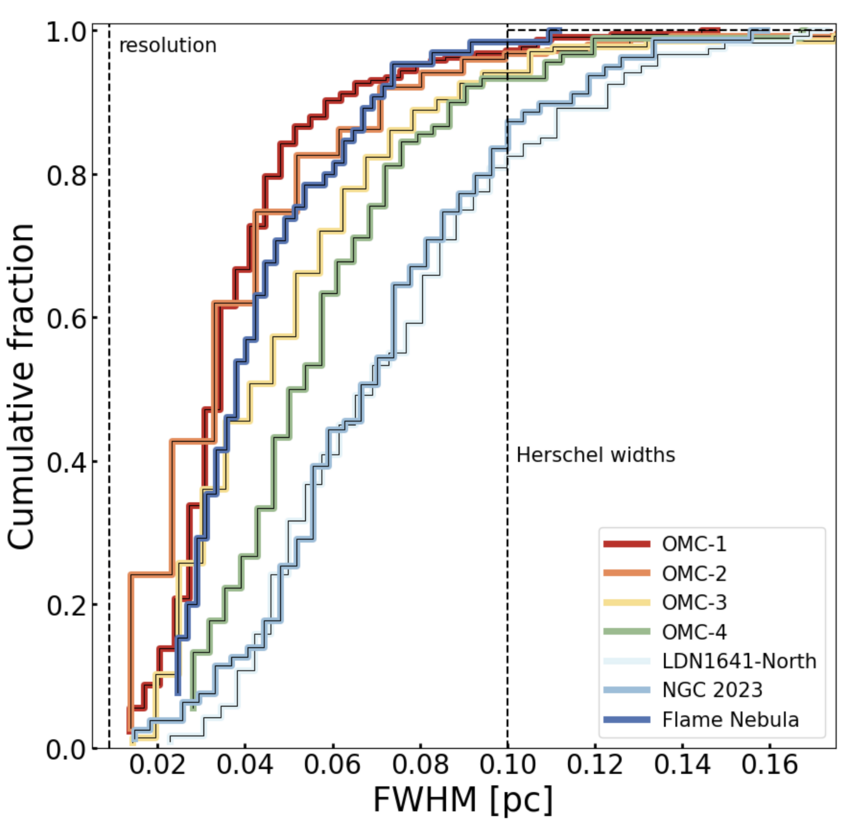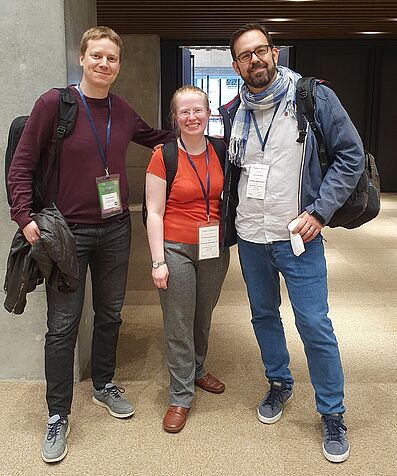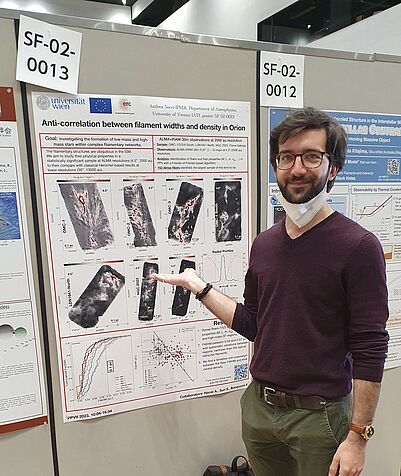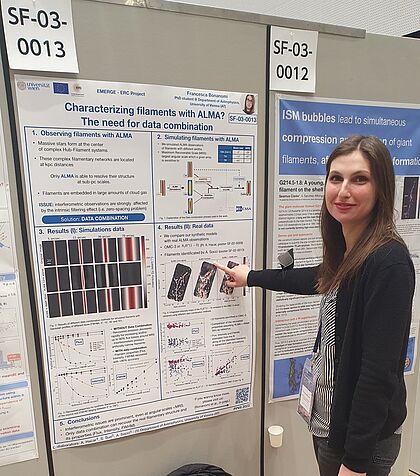Protostars & Planets VII
EMERGE participates in the Protostars & Planets VII conference help in Kyoto in 2023 (website) and contributes in one of the chapter reviews as well as with 4 posters.
Chapter 5: Initial conditions for Star Formation: A physical description of the filamentary ISM
PP7 Dream Team
Alvaro Hacar - Department of Astrophysics, University of Vienna, Austria
Susan E. Clark - Department of Physics, Stanford University / Kavli Institute for Particle Astrophysics & Cosmology, USA
Fabian Heitsch - Department of Physics & Astronomy, University of North Carolina - Chapel Hill, USA
Jouni Kainulainen - Chalmers University of Technology, Department of Space, Earth and Environment, Sweden
Georgia V. Panopoulou - California Institute of Technology, MC350-17, 1200 East California Boulevard, USA
Daniel Seifried - University of Cologne, I. Physical Institute, Germany
Rowan Smith - Jodrell Bank Centre for Astrophysics, Department of Physics and Astronomy, University of Manchester, UK

ISM filaments: a meta-study
During the last decade a large community effort has been devoted to the characterization of the filamentary structure of the Interstellar Medium (ISM) focusing on the systematic analysis of key local properties such as the filament radius, mass-per-unit-length, or velocity dispersion. Aiming to describe the global properties of the filamentary ISM, our team collected information of 49 observational studies including a total of more than 22,000 filaments across the Milky Way. This novel meta-study allows us to connect the variation in mass and length properties of all types of filamentary structures across 6 orders of magnitude in scale and 4 orders of magnitude in length. Our unique sample reveals that filaments follow a well defined Mass-Length (M-L) scaling relation that can be explained by a combination of their hierarchical structure and dynamic properties.
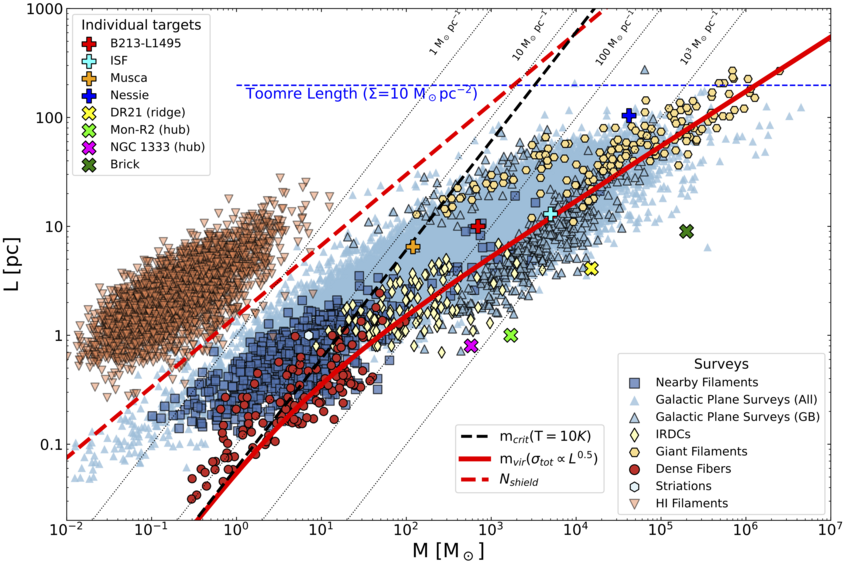
Mass and length measurements for all filaments in our catalog. Points are colour-coded according to the corresponding filament families (see caption). The red solid line shows the virial mass (m_vir) including turbulent motions. The red dashed line corresponds to the column density (N_shield) required for self-shielding.



